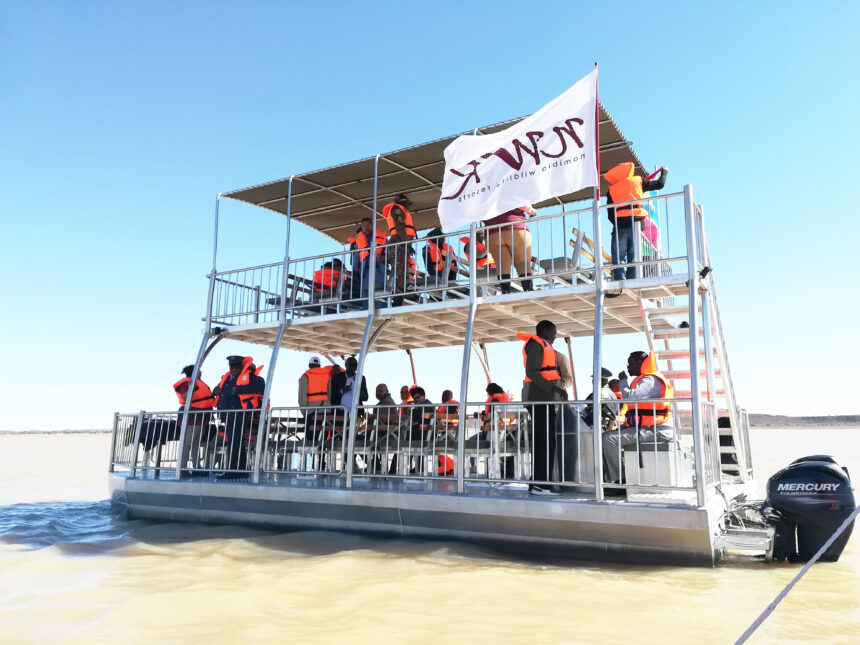The Hospitality Association of Namibia (HAN) said it is still premature to comment on the effect that Namibia’s new visa regulations will have on the domestic tourism sector. However, HAN CEO Gitta Paetzold noted there is no use denying tourism industry concerns.
In a statement issued last week, she said the industry is concerned “mainly due to the inconclusive information on the new visa system, on the full process, and whether multi-entry visas will be provided – and whether a special dispensation is being prepared for-day visitors. With the added threat of sharp price increases on long-haul flights in Europe due to added climate levies and taxes, the Namibian tourism industry faces some serious challenges in the months to come”.
She added that it is encouraging to see overall accommodation numbers for the first half of 2024 exceed H12023 figures by nearly 5%, and even top the performance of 2019 by nearly 2%, based on average national occupancy over the six months.
She pointed out that the latest statistics prove that tourists travelling for holiday and leisure – and to some extent, the business travel sector – have fully recovered since 2019. However, the overall number of people crossing borders into Namibia in the past year has not yet reached the levels of 2019.
“So far so good, but when looking at June – traditionally a quiet month – before the onset of tourism high season as of July, a significant drop in occupancy is reflected in the report this year, compared to last year and 2019. With an average occupancy of 47.3% for June, that level is 3% lower than June last year, and 4% lower than in 2019. This may be a mere coincidence, following Namibia’s announcement at the end of May this
year of a more stringent visa regime, affecting all of the country’s key source markets as of next year,” she stated.
Weighing in on the most recent tourism figures, stock brokerage Simonis Storm (SS) noted the domestic tourism sector has shown remarkable resilience and growth, buoyed by a diverse blend of regional and international visitors.
“With a strong emphasis on holiday and leisure travel and a notable interest from older tourists, there are significant opportunities for targeted marketing and infrastructure improvements to enhance the visitor experience, and continue this positive trend. Given that a significant portion of Namibia’s top ten international tourists come from countries subject to new visa requirements, it is crucial for the industry and the ministry of tourism to proactively offer high-quality services,” SS stated. In its analysis of the hospitality statistics, SS said these high-quality services will help sustain and further stimulate growth within the sector.
In the second quarter of 2024, the national average occupancy rate improved to 54.8% – up from 43.4% recorded in the first quarter of 2023, and 54.0% in the second quarter of 2019.
The northern region saw an increase to 56%, while the coastal and central regions experienced slight declines to 59.5% and 50.6%, respectively. The southern region also reported a rise to 52.9%. SS stated that leisure travel remained the dominant segment in Q2 2024, contributing 92.2% to the room occupancy rate. Business travel decreased to 7.3%, and conference-related stays remained negligible at 0.5%, compared to first-quarter figures.
“According to the recently-released tourist statistical report by the Ministry of Environment, Forestry and Tourism, Namibia saw a significant influx of foreign arrivals in 2023, totalling 1 054 181 visitors. This figure represents a strong rebound in tourism, with an impressive growth rate of 87.4% from 2022 and 98.1% from 2021,” SS stated.


